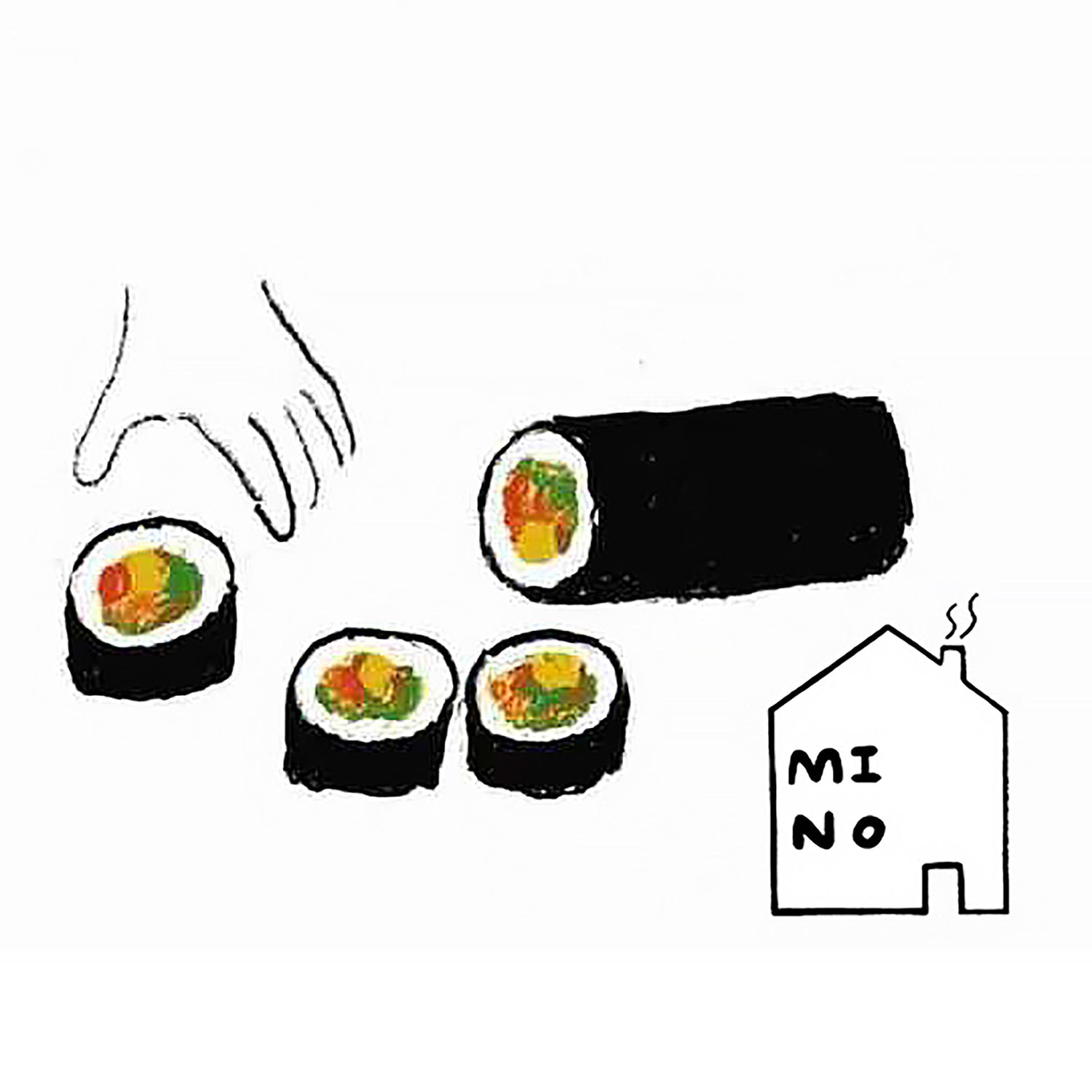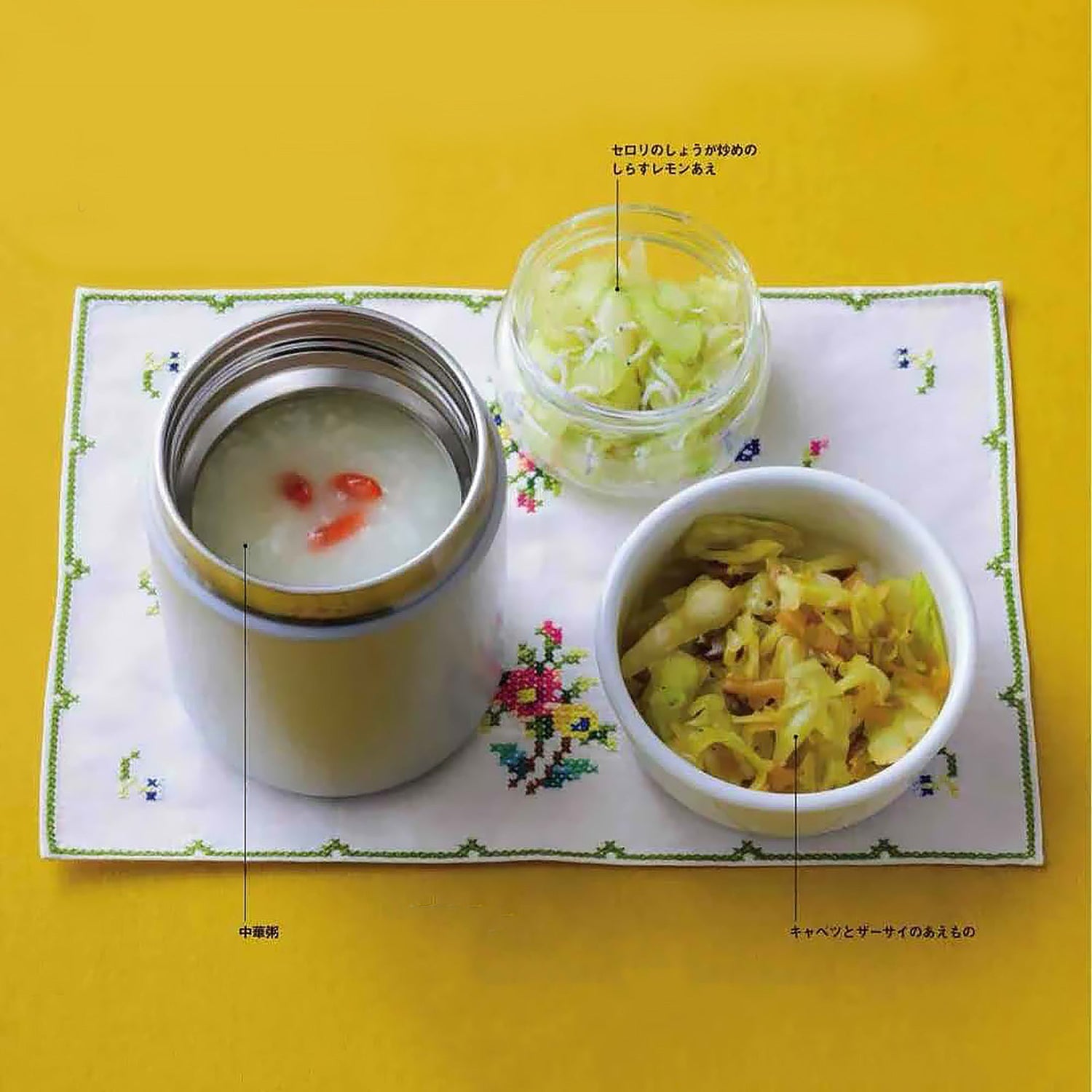• Characteristics of ceramics
Bizen ware is distinguished by the absence of paint or glaze, allowing the texture and elements of the soil to clearly appear during the firing process. With a firing temperature exceeding 1200°C and a firing time of about two weeks, it has superior strength to other ceramics. The surface has fine asperities and bubbles, and it is said that this makes the sake taste smoother and more flavorful. The clay used for Bizen ware comes from the precious soil of the Inbe region of Bizen, called "hiyose", an iron-rich, low-fire-resistant, and highly clayey soil, often mixed with black soil from Nagafune in the neighboring city of Setouchi.

• Reasons for its longevity for a thousand years
Availability of quality materials for ceramic and fuel manufacturing.
Two-thirds of the total area of Bizen City is mountainous. The geological composition of this area mainly includes rhyolite and quartz dacite. Unlike granite areas, rhyolite promotes plant regeneration, with vast red pine forests used as fuel. In addition, clay from rhyolite mountains and plains forms the raw material for Bizen ceramics, giving the surface of these pottery a unique texture. These abundant natural resources, especially forests and clay, have been the key to the lasting prosperity of the Bizen ceramics industry since the Middle Ages.

• Reasons for its longevity for a thousand years
Advantageous geographical position with ideal river transport conditions.
Transporting large quantities of ceramics requires an excellent geographical location. In the early Middle Ages, Bizen ceramics benefited from transportation on the Yoshii River, one of the three major rivers of Okayama Prefecture. From the late Middle Ages to modern times, transportation routes passed through Kataoka Bay to the Seto Inland Sea. The iconic kiln of the Edo period, the "Ibe Minami Great Kiln Site," is located just 15 kilometers from Kataoka Bay, surrounded by the Inobori River. These optimal transportation conditions facilitated the distribution of ceramic products and contributed to the lasting prosperity of Bizen ceramics.

• Reasons for its longevity for a thousand yearsFunctional adaptation and use in line with the needs of each era.
Bizen ware has a long history of creating pieces based on societal needs. For example, in the late Middle Ages, large pots and mortars were made to store liquids and grind ingredients, showing remarkable functionality. Later, in the modern era, works such as palace statues, cloth bags, and Ebisu figurines were popular as decorative items. In the era of the bubble economy, these pieces became symbols of wealth and were highly prized. However, the prosperity of Bizen ware was not constant, fluctuating according to the changes of the times.

• End of the Heian period
Origin of Bizen Ware Bizen ware is said to have originated in the late Heian period, with the production of bowls, plates, and tiles at the foot of the mountains of the Inbe Plain. Early kilns were influenced by sueki ware, producing mainly white and gray colored pieces.

• Kamakura period
Bizen ware began to develop as a distinct ceramic brand during the Kamakura period, and began producing red-brown earthenware. To accommodate large-scale production, kilns also became larger. Initially a few meters in size, kilns gradually expanded to 20 meters, 30 meters, and so on. Archaeological excavations show repeated adjustments to the kiln floors to enlarge them, leaving corresponding traces. Some kilns were even built at an altitude of over 400 meters.

• End of the Muromachi period
Increase in Bizen ware production Towards the end of the Muromachi period, Bizen ware production was concentrated in three areas at the foot of the mountains, where many pottery workshops developed to produce mortars and other wares in large quantities. Excavations at the Inbe kiln site east of Mount Furuoka reveal a large number of ceramic fragments, with up to 1,700 cases from a single kiln. At this time, large kilns 40 meters long and about 3.2 to 4 meters wide were built, with ceiling support columns (bushi) confirmed at this scale.

• End of the Muromachi period
Establishment of the Three Great Kilns of the South, North, and West By the end of the Muromachi period, Bizen ware was in widespread use. Kilns in the mountains gradually moved to the plains, with several large kilns used collectively, forming the Three Great Kilns. In archaeological sites in western Japan, particularly in the Yamashiro region, large Bizen pots are frequently discovered, indicating a wide circulation of the ceramics produced at this time. Bizen ware is renowned for its strength, with the characteristic of being "difficult to break even when dropped." Its sturdiness is suitable for everyday use, and although simple, this refined style, in keeping with the spirit of the tea ceremony, was discovered by Murata Jukō and became highly prized as a tea utensil.

• Edo and Momoyama period
Increased Importance of Bizen Ware in the Tea Ceremony During this period, Bizen wares began to appear in many accounts of tea ceremonies. In addition to mortars, various personalized items were produced, such as delicacies, water pots, plates, and bowls, showing a diversity in the production of ceramics.

• Early Edo period
Establishment of the "Osaiku-nin" system In 1635, the lord of Okayama, Ikeda Mitsumasa, supported the development of Bizen ceramics by providing free fuel and materials, and by appointing master craftsmen as "Osaiku-nin" (imperial craftsmen) with continued support. Under the protection of the shogunate, the small kilns were grouped into large communal kilns, run by six families known as the Kimura, Mori, Tsujiya, Terami, Ōkyō, and Kaneshige. These large kilns were also called "large kilns" or "Ō-gama", leading to the Edo period being referred to as the Great Kiln Period.

• End of the Edo period
Technical Innovations with Compartment Kilns In 1831 (2nd year of the Tenpō era), Bizen first introduced three compartment kilns (also called Rhyōzō kilns). These kilns were designed to maximize efficiency, and one of them was modified several times until it was discontinued around the 15th and 16th years of the Showa era. The pieces produced in these kilns, such as large jars and figurine-shaped pots, were used as containers for sake in the Fukuyama region of Hiroshima Prefecture. In addition, part of the structure of the compartment kilns, the "Tenpō kiln" built in the Edo period, is now preserved as a designated historical building in the city of Bizen.



















